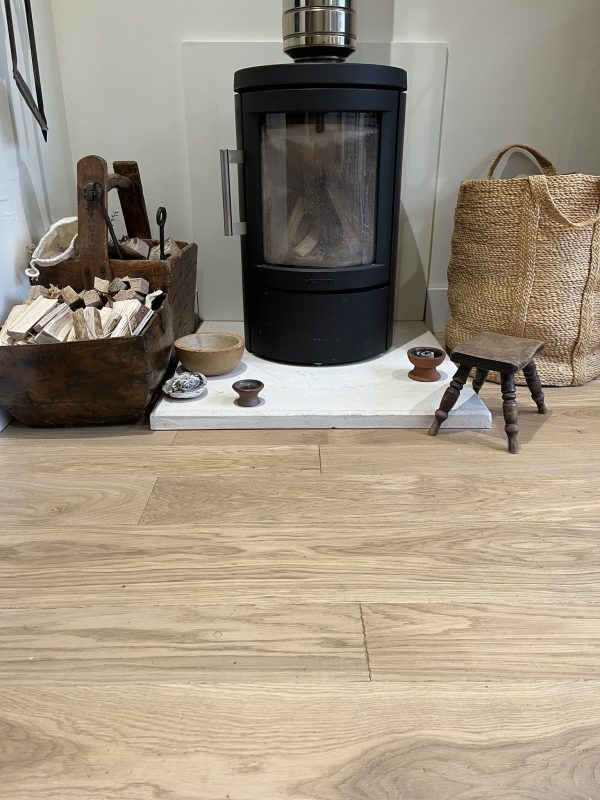Preparing for Wood Floor Installation
Overview of Preparation
Proper preparation is the cornerstone of a successful wood floor installation. Whether opting for DIY installation or hiring professionals, understanding and executing the necessary preparatory steps will ensure a smooth process and long-lasting results. This guide delves into the essentials of preparing for wood floor installation, from assessing and preparing the subfloor to moisture testing and gathering the right tools and materials.
Assessing the Sub-Floor
The subfloor plays a critical role in the stability and durability of your wood flooring. Before installation, thoroughly inspect the subfloor to identify any issues that need addressing. Here are essential steps in assessing the sub-floor:
- Cleanliness: Ensure the subfloor is clean and free of debris, dust, and adhesives. A clean surface provides a better bonding surface for the new flooring.
- Flatness: Check for any uneven areas or high spots. Use a straightedge or level to identify these areas. Significant discrepancies should be corrected with a levelling compound or by sanding down high spots.
- Structural Integrity: Inspect for any signs of damage or weakness, such as rot or water damage. Address any structural issues to prevent future problems.
Moisture Testing and Control
Moisture is a common enemy of wood flooring. Excess moisture can cause warping, buckling, and other forms of damage. Therefore, conducting moisture tests and implementing moisture control measures are crucial steps in preparation:
- Moisture Testing: Use a moisture meter to measure the moisture content of the subfloor and the wood flooring material. For most wood species, the moisture content of the subfloor should not exceed 12%, and the difference between the subfloor and the wood flooring should be no more than 4%.
- Moisture Barriers: Install a moisture barrier if your subfloor is concrete or the area is prone to high humidity. Options include polyethene sheets, liquid-applied sealers, or specialized underlayment with built-in moisture barriers.
- Climate Control: Maintain a consistent indoor climate with 35% and 55% humidity during and after installation. Use dehumidifiers or humidifiers as needed to regulate the environment.
Tools and Materials Needed
Gathering the right tools and materials before installation will save time and ensure you have everything needed for a seamless process.
Here’s a list of essential tools and materials for wood floor installation:
- Tools:
- Tape measure
- Chalk line
- Moisture meter
- Circular saw, or mitre saw
- Jigsaw (for cutting curves and notches)
- Nail gun or stapler
- Pry bar
- Hammer
- Spacers
- Rubber mallet
- Level
- Carpenter’s square
- Materials:
- Wood flooring planks
- Underlayment (foam, cork, or felt)
- Moisture barrier (if needed)
- Nails or staples
- Wood adhesive (if glue-down installation)
- Transition strips
- Baseboards or shoe moulding
- Wood filler (for filling gaps and nail holes)
Acclimating the Wood Flooring
Acclimation is crucial to prevent the expansion or contraction of the wood planks after installation. Here’s how to acclimate your wood flooring:
- Timing: Allow the wood planks to acclimate in the installation area for at least 48 to 72 hours. This period lets the wood adjust to the room’s temperature and humidity.
- Stacking: Stack the planks in small piles with spacers between layers to allow air circulation. Do not store them in their boxes, as this can trap moisture.
- Room Conditions: Ensure the room conditions during acclimation are similar to those expected during regular use. This consistency helps the wood adjust more accurately to its long-term environment.
Conclusion
Preparing for wood floor installation is a detailed and essential process that sets the stage for a successful and durable flooring project. By thoroughly assessing the subfloor, controlling moisture levels, gathering the necessary tools and materials, and allowing proper acclimation of the wood, you can avoid common pitfalls and ensure a smooth installation process.
Whether undertaking the project yourself or working with professionals, these preparatory steps are indispensable for achieving beautiful, long-lasting wood floors.

